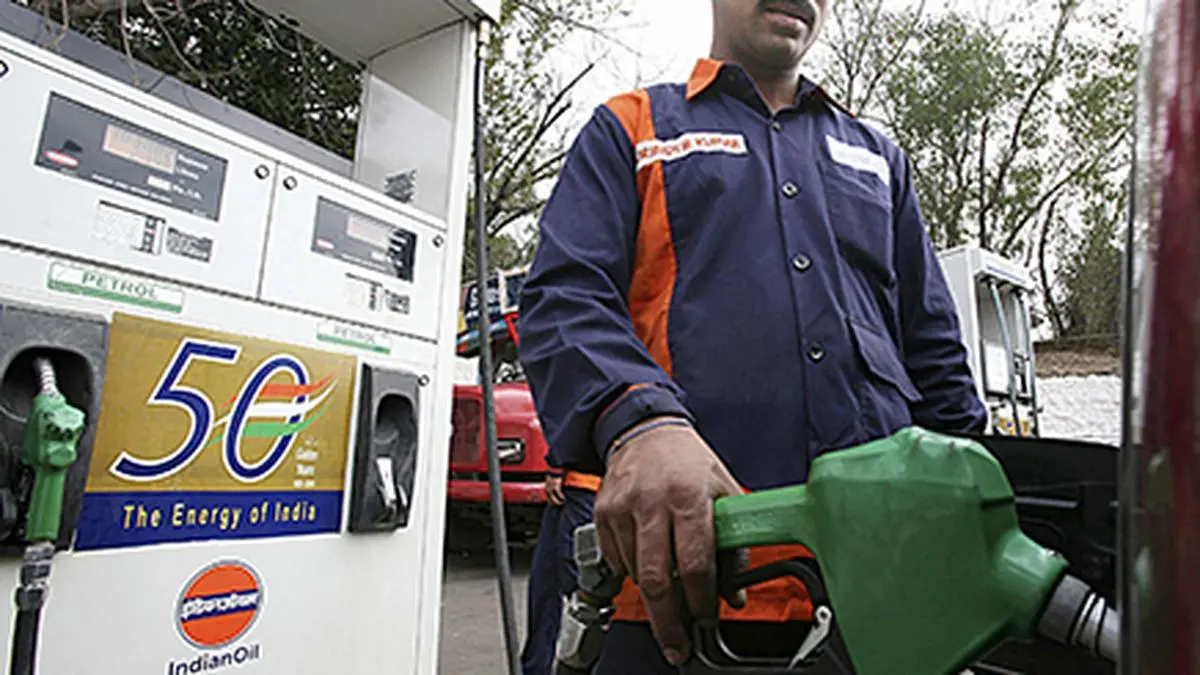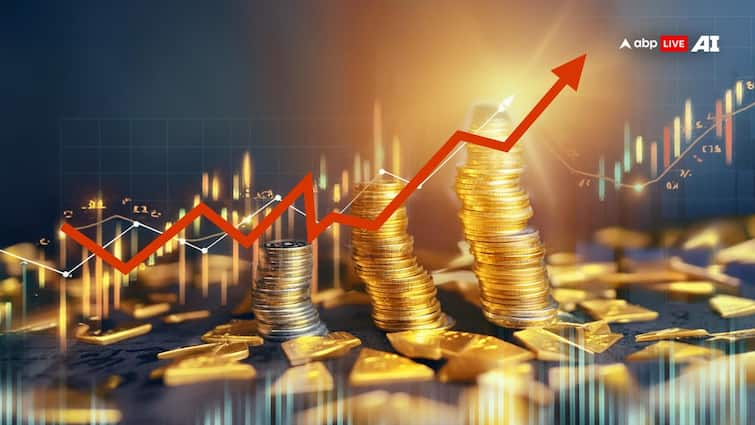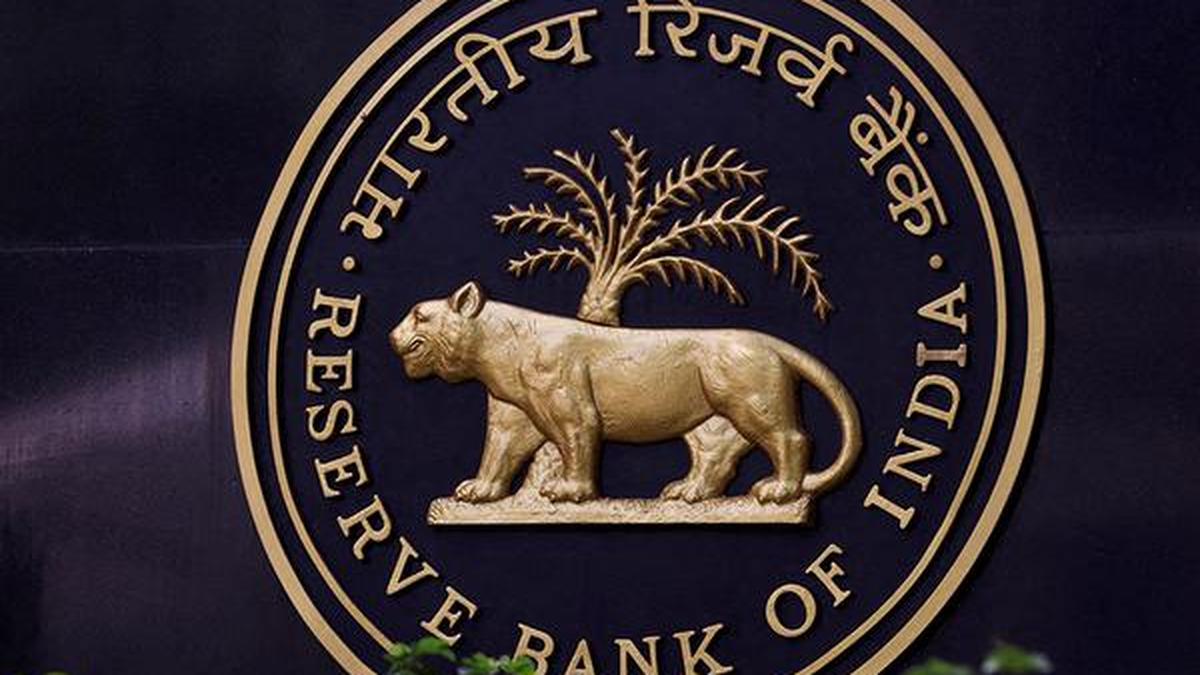
Oil traders race against time to solve a global diesel crunch

A slew of plant closures in the US and Europe since the Covid-driven oil market crash has tightened supplies in key hub
| Photo Credit:
MUKESH GUPTA
The oil market is pulling all the levers it can to ease a global diesel crunch, but the window is narrowing to replenish stockpiles of the world’s workhorse fuel before hurricanes and refinery maintenance curtail output.
From the US Gulf Coast to Rotterdam and Singapore, storage tanks have only recently started rising from dramatically low levels, and traders say it’s going to be a tight race to refill them. With price spikes during the Israel-Iran conflict fresh in the memory, most say it’s hard to see a major easing, echoing warnings from Goldman Sachs Group Inc. and energy giant TotalEnergies SE.
The fate of the fuel has wide-reaching ramifications for the global economy. Higher prices can ripple through inflation readings and dent consumer and business confidence at a time when US President Donald Trump’s tariff wars also raise costs. American farmers will need large volumes of diesel to power their tractors and grain dryers during harvesting season in the fall, and drivers are already paying the most at the pump in about a year.
Meanwhile, Trump’s push to punish India for processing Russian crude into much needed global diesel supplies leaves Europe particularly vulnerable. The continent has become more dependent on fuel from further afield after direct imports from nearby Russia were banned.
“We’re bullish for the end of the year,” said Rami Ramadan, co-head of global middle distillates at commodity trader BB Energy. “We are going to be in for some shocks for sure because of how Europe has been disconnected from its closest sources of supply.”
US stockpiles of diesel’s family of fuels — used in everything from locomotives and trucks to power generation and heating — plunged to their lowest summer levels this century. While inventories should normally build over the summer, longer-term factors have made things more acute in the last few years.
A slew of plant closures in the US and Europe since the Covid-driven oil market crash has tightened supplies in key hubs. Even as high margins lead refiners like Phillips 66 and Valero Energy to maximize diesel output, US inventories have only in recent weeks inched past the critical lows seen in the summer of 2022, just after Moscow’s invasion of Ukraine. In Europe buyers await tankers from the Middle East and Asia.
After touching the equivalent of $110 a barrel following Israel’s air strikes on Iran, prices have retreated closer to $90. Diesel’s strength over the summer helped support crude prices while OPEC+ restored production faster than initially planned.
Before the war in Ukraine, European diesel seldom traded $15 a barrel above Brent crude. Ever since, it has rarely traded at less than that. The spread, known in market parlance as a crack, is currently above $20 in Europe and around $30 in the US.
Goldman Sachs expects both spreads to stay near current levels into 2026 “on continuing structural tightness in refining capacity,” and TotalEnergies said stronger diesel prices will become a “persistent feature” of the global oil market.
“Heading into hurricane season, if we have some type of supply disruption, I think you’ll see a pretty significant market reaction with inventories as low as they are,” Gary Simmons, executive vice president and chief operating officer at Valero, said on an earnings call. “We expect diesel cracks to remain strong.”
Diesel is part of a group of refined products known as middle distillates, which includes jet fuel and heating oil. High demand from the aviation sector has also tightened the balance of supplies, and a cold winter could do the same.
“Over the next three to four months, we’re quite constructive on diesel cracks being sustained at levels similar to where they’re at today,” Marathon Petroleum Corp.’s Chief Commercial Officer Rick Hessling said on an earnings call, adding that trucking and agriculture demand is “very healthy.”
Not all traders are bullish, though, as there has been some relief in the past few weeks. As well as stockpiles showing signs of recovering, more diesel and jet fuel cargoes left Asia and the Middle East for Europe in July than any time in the last 11 months, according to Kpler data. One diesel-laden supertanker of two million barrels is currently sailing to Europe, and another has been booked, according to a person involved in the flows, adding momentum to the resupply.
“One of the things we’re doing is watching the Mideast and India, where the global net-distillate length exists for potential imports into Europe,” Brian Mandell, executive vice president of marketing and commercial at Phillips 66, said on an earnings call.
Mandell said that prices are likely to eventually ease as the Organization of the Petroleum Exporting Countries and its partners add extra supplies of heavy crude that’s better for making diesel. But it takes time for the group to go from targets to actual production, and then for the barrels to be shipped, processed into diesel and finally reach the fuel’s buyers.
“We would think that distillate margins will remain strong through the year, eventually coming off some when you get these extra barrels — heavy crude barrels — back onto the market,” he said.
–With assistance from Devika Krishna Kumar, Jack Wittels, Rachel Graham, Archie Hunter and Prejula Prem.
More stories like this are available on bloomberg.com
©2025 Bloomberg L.P.
Published on August 7, 2025


